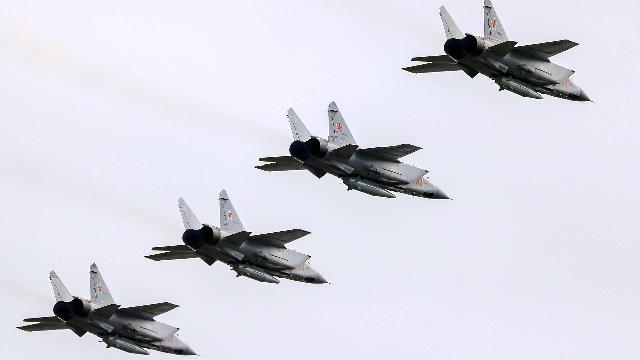Russian forces used hypersonic Dagger missiles and attack drones
The defeat of critical facilities of the airfield infrastructure of Ukraine is designed to complicate the effective use of the F-16 supplied by Western countries by the Armed Forces of Ukraine, experts interviewed by Izvestia said. According to the Russian Defense Ministry, the strikes were carried out, among other things, with Dagger aeroballistic missiles and attack drones. As a rule, Daggers are used on critically important and highly protected objects that are inaccessible to other types of missiles. Meanwhile, the militants of the Kiev regime continue their attempts to attack Russian cities with the help of drones and "Dots-U".
Attacks on the airfield infrastructure of the Armed Forces of Ukraine
On Tuesday night, the Russian Armed Forces launched a group strike with high-precision long-range air-based weapons at critical facilities of Ukraine's airfield infrastructure. Among them, Dagger aeroballistic missiles and attack drones were involved, the Russian Defense Ministry said. The department noted that all designated targets were hit.
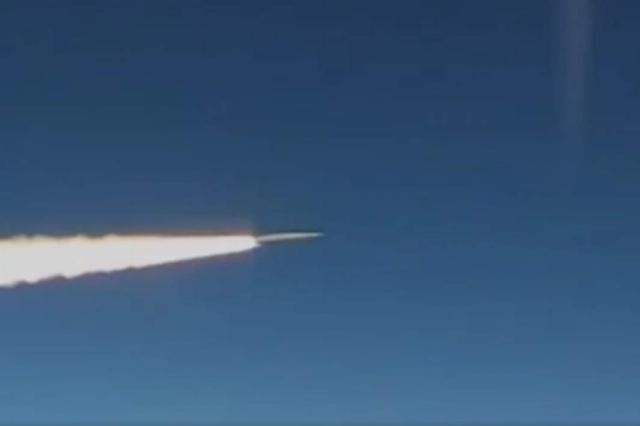
The Dagger missile
Image source: Photo: TASS/Ministry of Defense of the Russian Federation
On Tuesday morning, the Ukrainian media reported explosions in Kiev, Rivne, Sumy, and the Khmelnitsky region. It was noted that an air alert was being declared in Kiev.
"Such strikes should prevent the effective use of F—16s, keep the enemy in good shape and regularly render the airfield infrastructure unusable," Roman Shkurlatov, chairman of the Board of the all-Russian organization Officers of Russia, Reserve Lieutenant Colonel, told Izvestia. — Consistency and periodicity are important here. The F-16s are based in the western regions of Ukraine. Neither in Mykolaiv, nor in Odessa, nor in Dnipropetrovsk, nor in the Poltava region will these aircraft be based by the Armed Forces of Ukraine, because there they will be in the zone of our confident defeat. But in general, disabling the flight infrastructure is the right thing to do. As soon as they record the takeoff of our missile carriers, their planes are forced to leave airfields and circle in the air. They are constantly under stress and cannot use them effectively, because they care more about preserving this technique than applying it effectively.
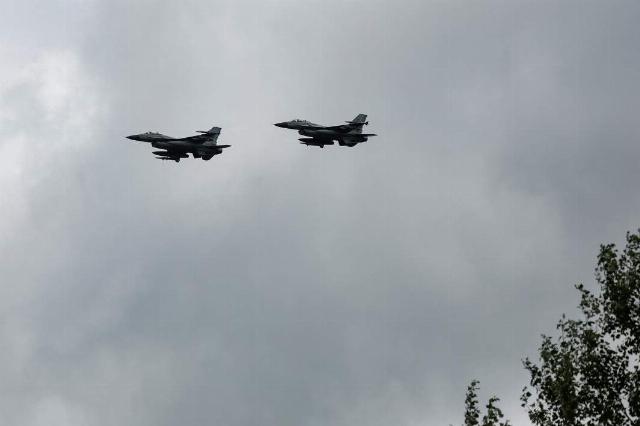
Ukrainian F-16 combat aircraft
Image source: Photo: REUTERS/Valentyn Ogirenko
Hypersonic Dagger missiles are most effective when striking protected objects: buried warehouses, command posts, industrial facilities, Dmitry Kornev, editor of the Militaryrussia portal, told Izvestia.
— Most often, for such purposes, the Dagger worked as efficiently as possible. Of course, the rocket can work on any other objects, but these are the most effective, something that other missiles cannot cope with," he noted.
According to the expert, the Dagger has the highest efficiency of breaking through air and missile defense and it can also be used against the most protected air defense and missile defense systems.
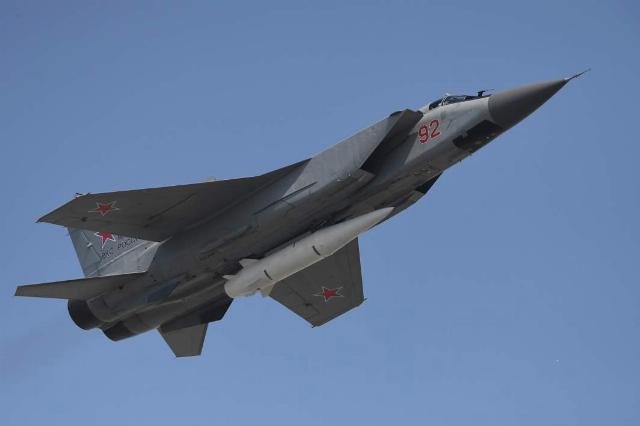
MiG-31 fighter jet with hypersonic Dagger missile
Image source: Photo: RIA Novosti/Ilya Pitalev
— When both missiles and attack drones are used, air defense is overloaded, — Dmitry Kornev explained. — She gets distracted by a lot of additional goals. The more objects in the impact, the higher the probability of a breakthrough. This is what we use all the time. In fact, an entire operation is underway to break through air defenses and destroy facilities. And additional drones and missiles are false targets, which, however, can also perform their strike function.
Power outages in Ukraine for a long time
On the eve of the Russian Armed Forces launched a massive attack on critical energy infrastructure facilities that provided the work of the military-industrial complex of Ukraine.
The targets were electrical substations in Kiev, Vinnytsia, Zhytomyr, Khmelnitsky, Dnepropetrovsk, Poltava, Mykolaiv, Kirovograd and Odessa regions. Gas compressor stations in Lviv, Ivano-Frankivsk and Kharkiv regions, which ensure the functioning of the gas transportation system of Ukraine, were also damaged. In addition, the storage sites of aviation weapons transferred to Kiev by Western countries at airfields in the Kiev and Dnipropetrovsk regions were attacked.
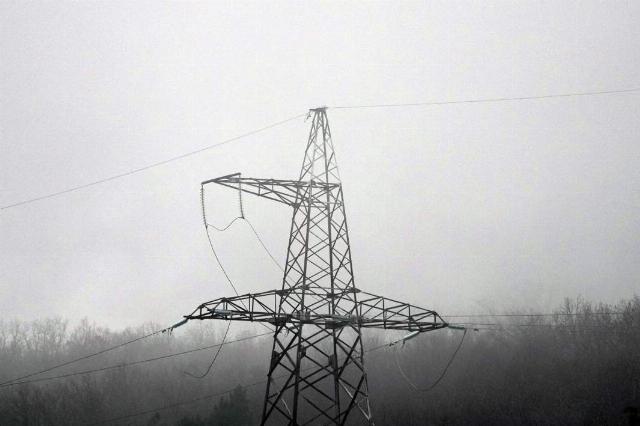
Photo: IZVESTIA/Dmitry Korotaev
Image source: iz.ru
DTEK Energy Holding announced the introduction of emergency blackouts throughout Ukraine.
On Tuesday, former Minister of Energy and Coal Industry of Ukraine Ivan Plachkov said that prolonged blackouts, which were introduced in Ukraine due to massive damage to energy infrastructure, could continue for another two weeks.
"Unfortunately, the restrictions will not be in effect only today. I think it will be in the near future, a week or two," he said. According to Plachkov, the day before, distribution networks and distribution devices for the supply of electricity at power plants, as well as the power equipment of the Kiev HPP, were damaged.
How Ukraine attacks Russian cities
Meanwhile, Ukrainian forces continue to attack Russian cities. Acting Governor of the Kursk Region Alexei Smirnov said on Tuesday that four missiles were destroyed by air defense forces in the sky over the region. The Russian Defense Ministry clarified that these were Tochka-U missiles.
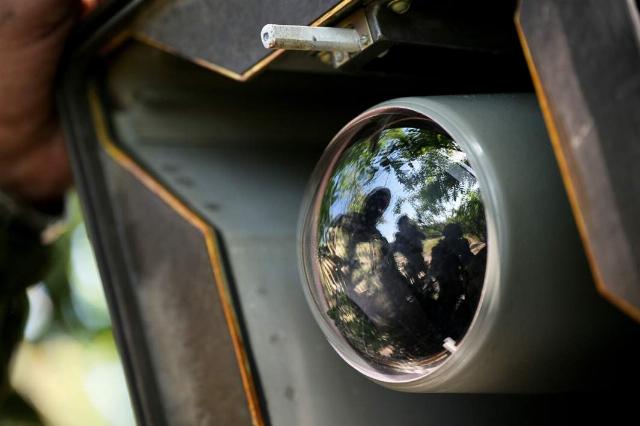
Photo: RIA Novosti/Evgeny Biyatov
Image source: iz.ru
The mayor of Kursk, Igor Kutsak, said that an attack by Ukrainian drones had been repelled. There are several minor damages, and there was also a fire in the suburban area. There were no casualties.
At the same time, the governor of the Belgorod Region, Vyacheslav Gladkov, said that the Armed Forces of Ukraine had fired 23 drones and more than 70 ammunition at 27 settlements in the region over the past day.
"In the Belgorod region, attacks were carried out using four drones in the village of Oktyabrsky, the villages of Belovskoye, Dragoonskoye and Otradnoye. In the village of Otradnoye, as a result of the detonation of a kamikaze drone, one passenger car burned down," he wrote on the telegram channel.
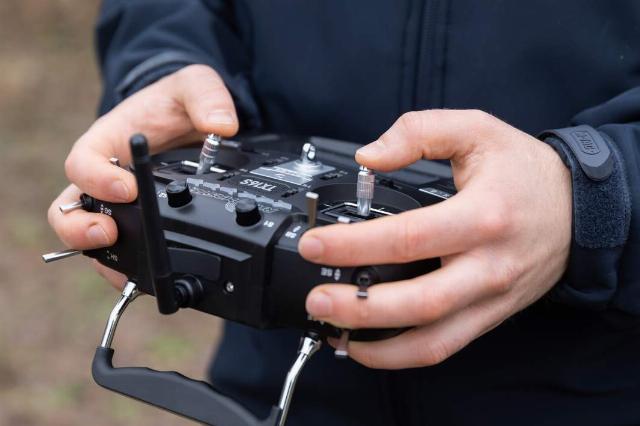
Photo: Global Look Press/Mykhaylo Palinchak
Image source: iz.ru
In the Valuysky urban district, attacks were carried out using four drones in the villages of Dolgoye, Kazinka and Novopetrovka, as well as in the village of Leonovka. Two communication infrastructure facilities were damaged, Gladkov said. According to him, six settlements of the Grayvoronsky district were attacked with 17 ammunition and 4 drones, three civilians were injured.
Regular strikes on Ukraine's infrastructure
The most large-scale attacks on the infrastructure of Ukraine were previously carried out on the night of December 29 last year. Explosions thundered in Kiev, Kharkov, Dnipro, Odessa, Zaporizhia and other cities. In total, from December 23 to December 29, the Russian armed forces carried out 50 group and one massive strike with precision weapons and drones on military facilities in Ukraine. According to the Ministry of Defense, objects of the military-industrial complex (MIC), airfield infrastructure, arsenals, as well as places of storage of weapons, deployment of troops and foreign mercenaries were affected.
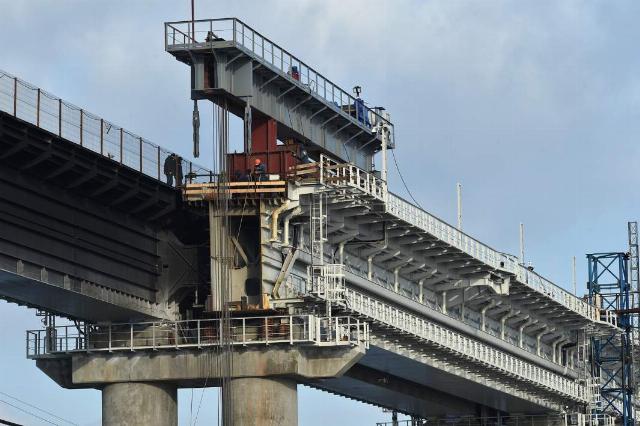
Photo: IZVESTIA/Alexander Polegenko
Image source: iz.ru
Massive strikes on the military and energy infrastructure of Ukraine were launched by the Russian armed forces in October 2022. President Vladimir Putin said at the time that this was a response to the terrorist actions of the Kiev regime, in particular, on the Crimean Bridge. Later, at that time, the head of the Russian Defense Ministry, Sergei Shoigu, said that high-precision weapons continued to effectively hit military infrastructure facilities, as well as facilities that affect the reduction of Ukraine's military potential. At the same time, comprehensive measures are being taken to prevent the death of Ukrainian citizens, the minister stressed.
Roman Kretsul
Vladimir Matveev
